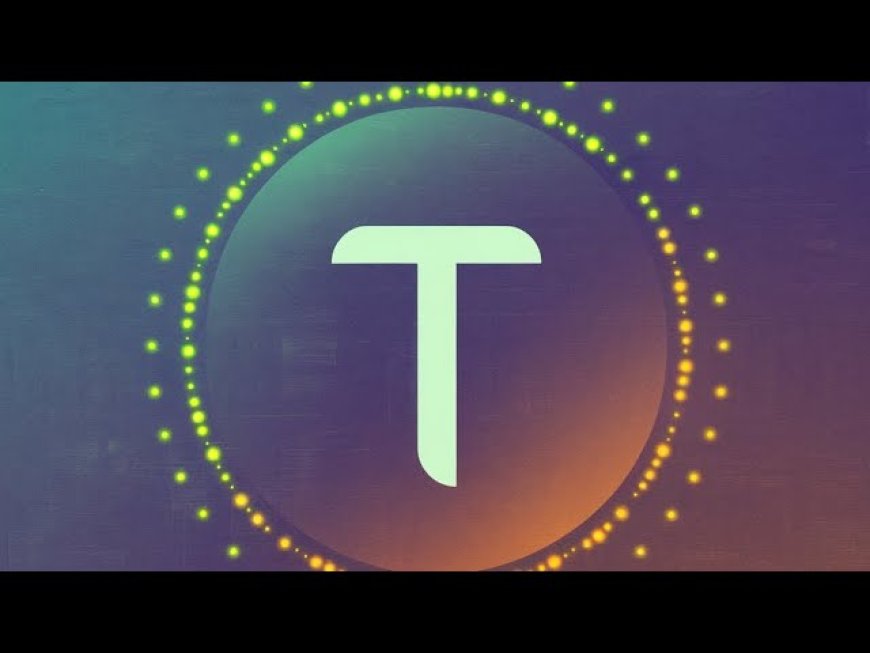Bittensor Revolution: A Revolution in Computing and Blockchain Governance
Bittensor is gearing up for a significant leap forward with the launch of Bittensor Revolution on October 2, 2023. This is considered a revolution for the blockchain platform for several reasons.

First, it marks a shift in Bittensor’s governance structure. Previously, the Open Tensor Foundation was the sole developer with control over the network’s mechanisms. With Bittensor Revolution, this power will be decentralized. Every community member now has the opportunity to participate in roles that were previously held solely by the Open Tensor Foundation. This means they can create incentive mechanisms to operate this distributed computing network.
Second, it represents a revolution in computing. Bittensor Revolution allows developers and users to easily write incentive mechanisms in a human consensus language, using Tao tokens as "electricity" for the Bittensor machine. While other projects have attempted to create incentive mechanisms for digital goods, Bittensor is the first to write a language that allows for their generalized creation.
Third, it is a revolution in governance. The token release schedule is now controlled by delegates. Members of the Root Network on Bittensor can steer incentives across the entire ecosystem, choosing mechanisms they deem valuable. This applies even to subnets governed by the Open Tensor Foundation. If a mechanism or part of the network is deemed worthless, it can be eliminated, driving ongoing innovation.
Subnets in the Bittensor Revolution
Subnets are independent incentive mechanisms running on the Bittensor blockchain. Subnet 1 and Subnet 11 are examples many are familiar with. Each subnet is an environment where Tao is mined under a reward structure built by the validators.
The key change is that subnet ownership is no longer exclusive to the Open Tensor Foundation but can be held by different individuals or groups. The functioning of the Bittensor codebase has also changed. Previously, the specifics of incentive mechanisms and the interaction between miners and validators were written directly into Bittensor's GitHub repository. Now, these interactions can be written by the owners of the subnet repositories.
Initially, there will be 9 subnet slots open, each with 256 UIDs. Subnets can be registered by anyone through staking Tao tokens. The amount of Tao required will fluctuate based on demand for subnet registration. When a subnet is deregistered, the staked Tao will be returned.
Subnet owners will receive 18% of the tokens issued through their subnet. This gives them an incentive to garner support from delegates in evaluating the subnet’s performance. Owners also have full governance rights over their subnet.

Root Network and Token Distribution
Another major innovation is the introduction of the Root Network. This is a meta-subnet that determines token distribution across other subnets. The Root Network uses a yuma consensus mechanism (a simplified version of y-consensus) with a weight matrix to create a token issuance vector for the subnets.
The Root Network also acts as the Senate of the network. Instead of elections, the top members of the Root Network automatically become Senators. This unifies the Root Network, Senate, and delegation mechanisms into a single subnet that can decide issuance scores for the entire system.
Root Network members assign weights to subnets based on their preferences. A consensus mechanism is then applied to determine the token issuance amounts. Subnets must attract a majority of weight from delegates in the Root Network (which has 64 slots) to receive the bulk of the issued tokens.
Changes for Validators and Miners
The number of validators is capped at 64, as only about 64 validators are currently active across the network. This enhances Bittensor’s scalability.
Both validators and miners need to update their software for the Bittensor Revolution. For Subnet 1, validators will switch to a new protocol using FastAPI instead of gRPC. Miners will need to update their code to receive requests from the updated validators.
Updates should begin immediately to ensure readiness for the transition at 2 PM EST on October 2. The development team will provide support on Discord and Twitter during the process.
Conclusion
Bittensor Revolution marks a crucial step in the development of this platform. It opens up deeper community involvement in the network’s governance and development. With the ability to create custom subnets and a new token distribution mechanism, Bittensor is moving towards a more diverse and flexible ecosystem. However, it also presents challenges for validators and miners to adapt to these changes. The success of Bittensor Revolution will depend on active community participation in building and managing new subnets, as well as the platform’s ability to attract new developers and projects.
Source : @The Bittensor Hub.
















